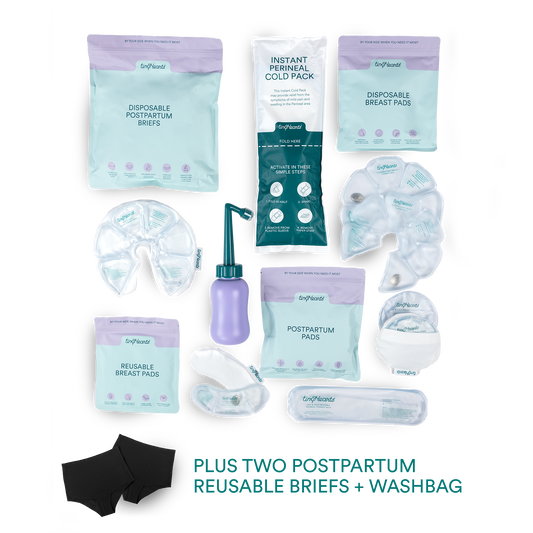While dummies, also known as pacifiers, provide comfort to babies, they can become a risk if not designed or used correctly. Since babies explore the world through their mouths, we must ensure that any items they put in there are safe. Discover the crucial aspects of dummy safety, learn how to choose the right one for your baby, and gain insights into the meticulous standards that govern their production.
Australian Standards for Dummies
Like many other countries, Australia has specific standards to regulate the production and sale of dummies. The Australian Competition and Consumer Commission (ACCC) enforces these standards. Dummies sold in Australia must meet the requirements outlined in the Australian Standard AS 2432:2015. This standard outlines factors such as size, shape, and material to minimise the risk of choking hazards, strangulation, and injuries.

Design and Construction Requirements
To ensure the safety of dummies, the Australian Standard AS 2432:2015 outlines specific design and construction requirements.
- Sharp Edges: All dummy components must be free from sharp edges that could hurt babies.
- Shield Size: The shield must be a minimum size to prevent it from fitting entirely into the baby's mouth.
- Ventilation Holes: The shield must have two or more ventilation holes of a particular size to allow the baby to breathe if the dummy becomes lodged in the mouth.
- Teat Smoothness: The teat must be smooth and prevent fluid from entering in or filling the teat, as bacteria can grow and cause infection.
- Secure Ring or Handle: The ring or handle attached to the dummy must not detach from the shield or come apart to avoid being a choking hazard.
- Adult Carer Accessibility: The ring or handle must be gripped easily to enable an adult carer to remove the dummy if it becomes lodged in the baby's mouth.
Choosing the Right Dummy

When choosing a dummy for your baby, it's essential to keep these standards in mind. The dummy's size, shape, material, age appropriateness, cleanliness, and comfort are crucial factors to consider.
Tips for Parents:
- Size and Shape: Choose a dummy that is the appropriate size for your baby's age and has a guard or shield that is too large to be swallowed.
- Regular Inspections: Regularly check the dummy for any signs of wear or damage, and replace it if necessary.
- Age-Appropriate Dummies: Switch to age-appropriate dummies as your baby grows.
- Cleanliness: Keep dummies clean and sterilised regularly to prevent harmful bacteria buildup.
- Comfort and Soothing: Ultimately, the dummy should provide comfort to your baby and offer a soothing effect.
Choosing the right dummy and ensuring its safety can be challenging for parents. Remember that every child is unique, and what works for one may not work for another.
For more information about the mandatory standards of dummies, read the ACCC statement here. Read the Consumer Goods Dummies Safety Standard here.







